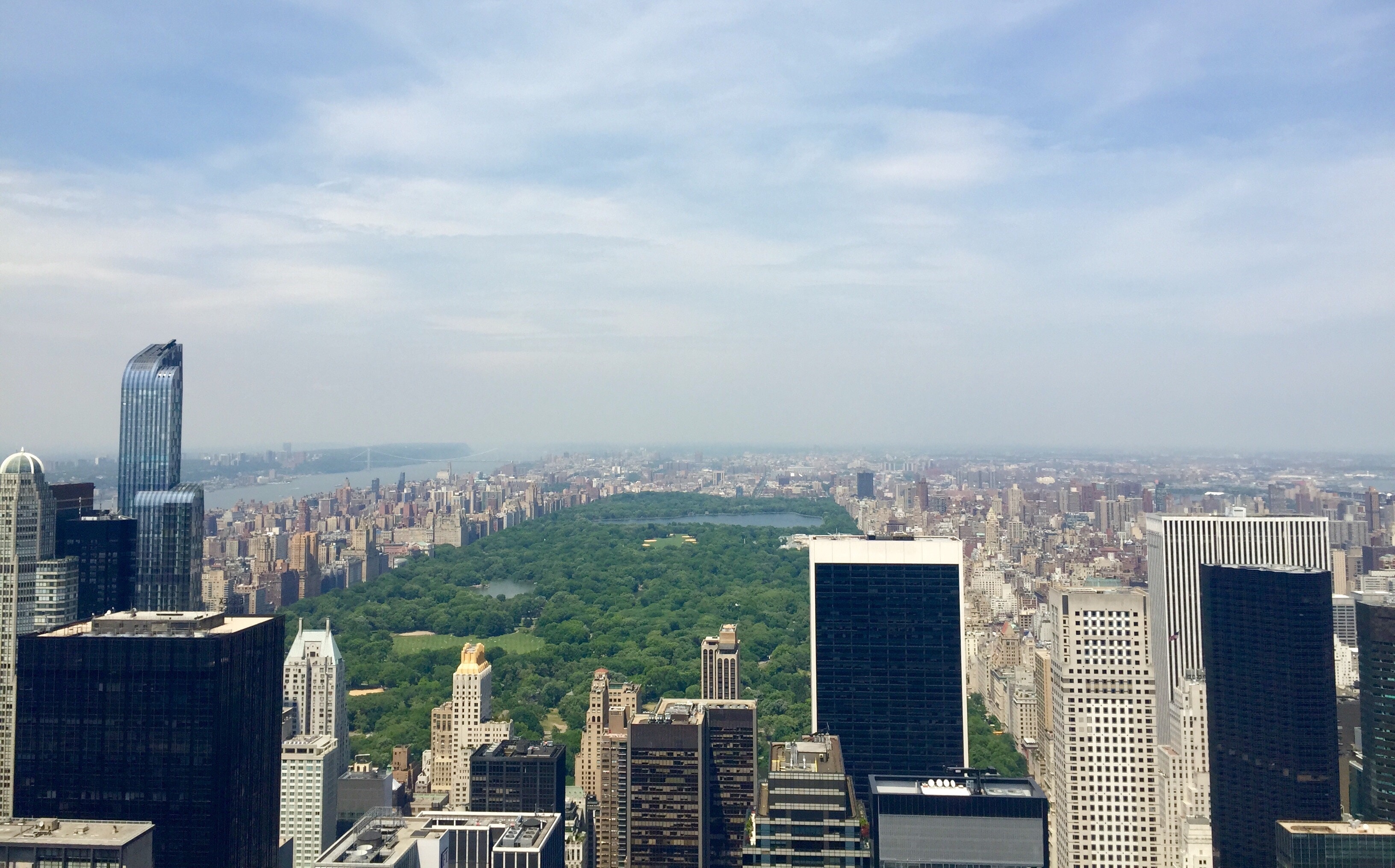You’ve probably heard about horticulture therapy or the benefits of simply walking in the sunlight, but what about bathing without any water? Forest bathing has been gaining popularity and research suggests it has positive physiological effects.
The Japanese term Shinrin-yoku, which translates to “forest bathing,” was created by the Japanese government in the 1980s. It’s defined by the Association of Nature and Forest Therapy as “the practice of spending time in forested areas for the purpose of enhancing health, wellness, and happiness.” It’s about slowing down, using all of your senses and being present — even a part of — your natural surroundings.
Research shows that walking in a forest can, among other things, lower blood pressure. Duke University physician Philip Barr, who specializes in integrative medicine, told NPR that forest bathing “could be considered a form of medicine.”
While forest bathing is a structured practice, and there are certified forest therapy instructors around the globe, even urban dwellers can benefit from its healing principles (in fact, the American Forest Bathing Club was founded in San Francisco). So before you dismiss forest bathing as an inaccessible fad, consider these easy ways to benefit from this trend even if you’re living in a bustling city.
-
Find a park, even if it’s small
Unlike hiking, forest bathing involves minimal physical exertion and does not require a specific destination. Forest bathing is not about covering a lot of ground. You can walk in a local park, and that still counts as forest bathing! In fact, “Part of the appeal of Shinrin-Yoku-inspired forest therapy is that it is highly accessible to people with a wide range of fitness abilities and conditions. No physical exertion is encouraged or facilitated by the practice or during our trainings,” according to the Association of Nature and Forest Therapy.
As long as you try to activate all of your senses, you can forest bathe right in a small greenspace in your city. Consider destinations right outside of your city as well, and check to see if there are any guided forest therapy tours in your area.
-
Buy some cedar oil or (literally) hug a tree
Being surrounded by nature, specifically trees, is naturally a key part of forest bathing. One study suggests that phytoncides, certain compounds produced by trees, can reduce stress hormones and enhance human natural killer cell activity. So, whenever you’re surrounded by trees, breathe deeply. If you don’t have a tree on hand, research also suggests that smelling certain cedar oils might help with stress.
-
Take a picture
Another small study suggests that looking at images of green spaces can have a positive effect on your nervous system. Find some pleasant images of greenery and post them around your home and office.
Just be sure to print the photos out instead of looking at them on your screen. Focusing on yourself and your senses is an important part of forest bathing, and you can’t do that if you’re constantly distracted by notifications or the temptation to scroll through social media.
-
Remember that one trend is never the only option
Finally, part of forest bathing is simply being present in the moment. If you absolutely can’t manage any of the above, there are a variety of grounding exercises that can be practiced any time and anywhere to help you feel less anxious and more present. While grounding and mindfulness practices might not deliver all of the benefits of forest bathing, your brain will thank you for taking a moment to slow down.


